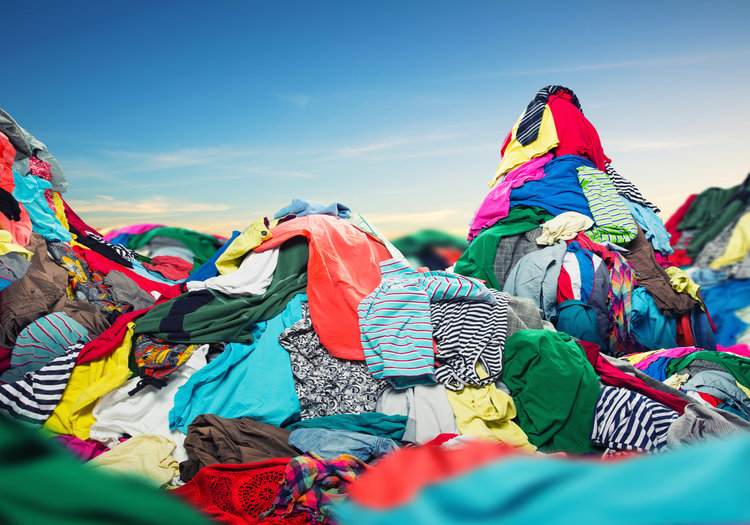The textile industry and its products have a significant impact on the world. During processing, adverse environmental effects start and continue to affect the life cycle. Perhaps the most significant concern is that after being used, most textiles are thrown away. The bulk of used clothing ends up in a landfill, and a lot of it is incinerated. This results in even more energy and water being wasted by the industry. However, the good news is that initiatives focused on textile recycling and reuse are slowly emerging and becoming more assertive. Since textiles also contribute a great deal to greenhouse gas emissions, it is vital to take steps towards recycling materials and to enhance all the practices that go along with it. This is why textile recyclers in Australia will, for this and many other purposes, help save the environment and create a circular economy that saves money.
Textile recycling decreases the emissions of greenhouse gases
A significant portion of the clothes we wear today is made from different organic materials that are biodegradable and directly derived from natural resources. In principle, these products will decay naturally with no repercussions until thrown away. All the organic products are sealed up, and they have no oxygen because most of the textiles are thrown away in landfills. For organic materials to break down, oxygen is required.

This helps people in nations that are still developing
Many old clothes are sent to developing countries, where they are sold at inexpensive rates, which are recycled. It saves a lot of materials and money. Instead of pushing the textile industry to make low-quality items from dangerous materials, consumers may purchase undamaged second-hand clothes at low prices in developed countries.
This saves electricity and energy
The fashion industry invests a lot of resources in creating new goods. They go through a long and complicated development process, involving a lot of water and electricity. The demand for new clothes will drop as the recycling industry increases, which means that businesses will expend fewer resources on making unique garments. In fact, by selling more environmentally-friendly goods, they will be able to maintain their income.
Lessened utilization of landfills
Landfills are out of reach, and most individuals don’t believe they exist because of that. This activity is not only severely detrimental to the climate; it also costs a lot. Landfills are very costly to buy, and they need a great deal of open space. They still cost millions to run, and this money comes from municipalities and cities—from the pockets of taxpayers! Recycling gradually decreases these costs and eliminates the need for new landfills to be built.
The entire planet is drowning in old clothing, and with waste being a hot topic, recycling is the only sensible choice. Fortunately, in many countries worldwide, the textile recycling industry is increasingly expanding as part of the circular economy, which implies that recycling no longer costs more money; it brings revenue.


